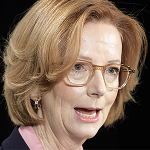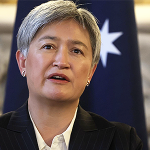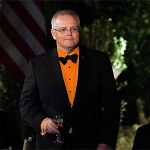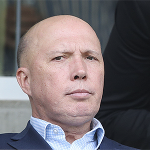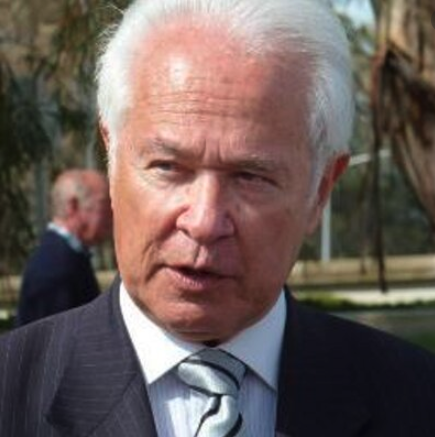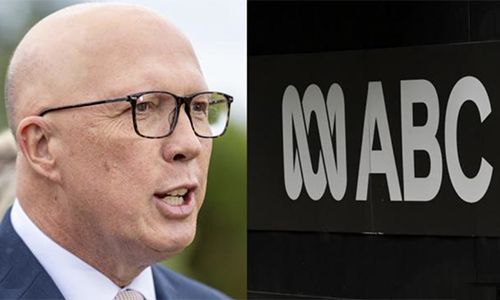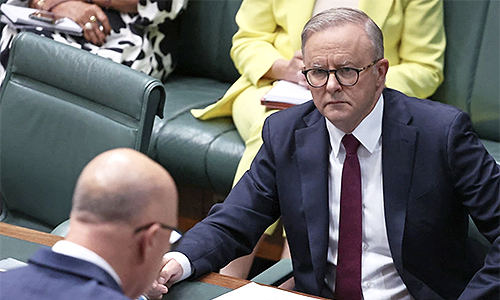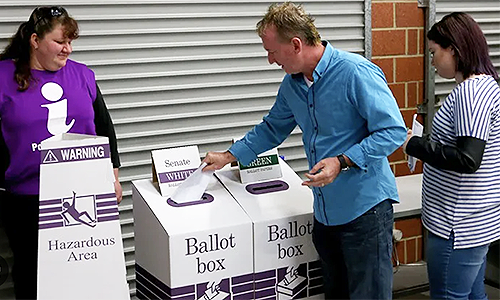
by DAVID FLINT – SUCH are the wonders of the Australian electoral system that a Party which gets barely more than one third of the votes is rewarded with what is reported as a landslide victory.
With 34.8 per cent of the national vote, Labor has picked up close to 60 per cent of the seats in the House of Representatives.
- Everybody, including those who couldn’t care less about who runs the country, is forced to vote.
- Voters are forced to express a preference for candidates they would never vote for.
- Politicians have imposed unusual requirements on Australian voters.
Before we are told our electoral system is “the envy of the world”, we should remember that the politicians have imposed two requirements unusual in democratic countries.
First, everybody, including those who couldn’t care less about who runs the country, is forced to vote.
INFORMALLY
True, when they get to the polling station, they can vote informally, but they usually don’t.
Second, they force voters to express a preference for each of the candidates, including those they would never vote for.
The result is that ballot papers are so complicated that the involuntary informal vote is increasing significantly.
A curious feature of this election is that in the days just before the May 3 election, pollsters concluded that the Two-Party Preferred vote (2PP) in favour of Labor would be between 51 per cent and 52.5 per cent. The average was just over 52 per cent.
But when the votes were actually counted, the 2PP in favour of Labor turned out to be 55 per cent.
You have to ask where this extra 3 per cent came from. Why did every one of the pollsters miss them?
Or is there a ghostly class of voters who cannot be contacted by pollsters?
FEAR
The fear that names were being inserted fraudulently on the voting lists in the week after the election is called and before the rolls are closed, so large in number that the Electoral Commission could not possibly fully verify them, led the Howard Government to act in 2006.
Legislation was passed to close the rolls as soon as an election is called.
The quite reasonable argument was that everyone knows when an election is due, and should enrol in time in accordance with the law.
But years later, just before the election in 2010, the High Court decided to hear urgently a not very meritorious challenge to the legislation.
The high Court only hears a small proportion of the cases put to it.
It was brought by one petitioner who, in breach of the law, had not got around to enrolling and another who, again in breach of the law, had not got around to advising a change of address.
In a rushed and much criticised 4:3 decision, the court held the legislation to be invalid.
They released their rather weak reasoning five months later, just before Christmas. It was not much noticed.
The Electoral Commission has not yet revealed how many late enrolments were made after the calling of the election on March 28, 2025, and the closing of the rolls on April 7.
Incidentally, Labor was strongly opposed to the Howard legislation, and remains strongly opposed to photo identification when voting, which is the norm in most similar democracies.
Some reforms are desirable.
Like most democratic countries, voting should be voluntary and involve photo identification.
While preferential voting in the Senate can be justified, it should be optional.
There is no justification for preferential voting in the House. People should have one vote, as in most democratic countries.PC


